Frequently asked questions
The purpose of a sauna hat is to insulate your internal thermometer (your head) from heat, which regulates your overall temperature. This then allows your body to sweat for longer without the restriction of your natural urge to remove yourself from the sauna early due to overheating.
We went through 1.5 years of research and development to create the perfect sauna hat. Through a lack of quality, functionality, and style from current sauna hats in the market, we aimed to create a hat that truly felt worthy of wearing.
From our hand-picked Australian 600 gsm wool felt, to our heat reactive colour changing logo, every detail has been meticulously trialed under the harshest conditions to ensure your Halo lasts for years to come.
Not at the moment, right now we are available exclusively to Australian sauna enthusiast. We will be expending our reach globally soon.
It depends on where you are, but we pack all orders within 24 hours. Fulfilled orders will take 5-7 business days to arrive with standard shipping. Delivery details will be provided in your confirmation email with your tracking number.
You can contact us through our contact page! We will be happy to assist you.
We'd love to hear from you
If you have any questions, please fill in this contact form, and our team will reach you back as soon as possible.

